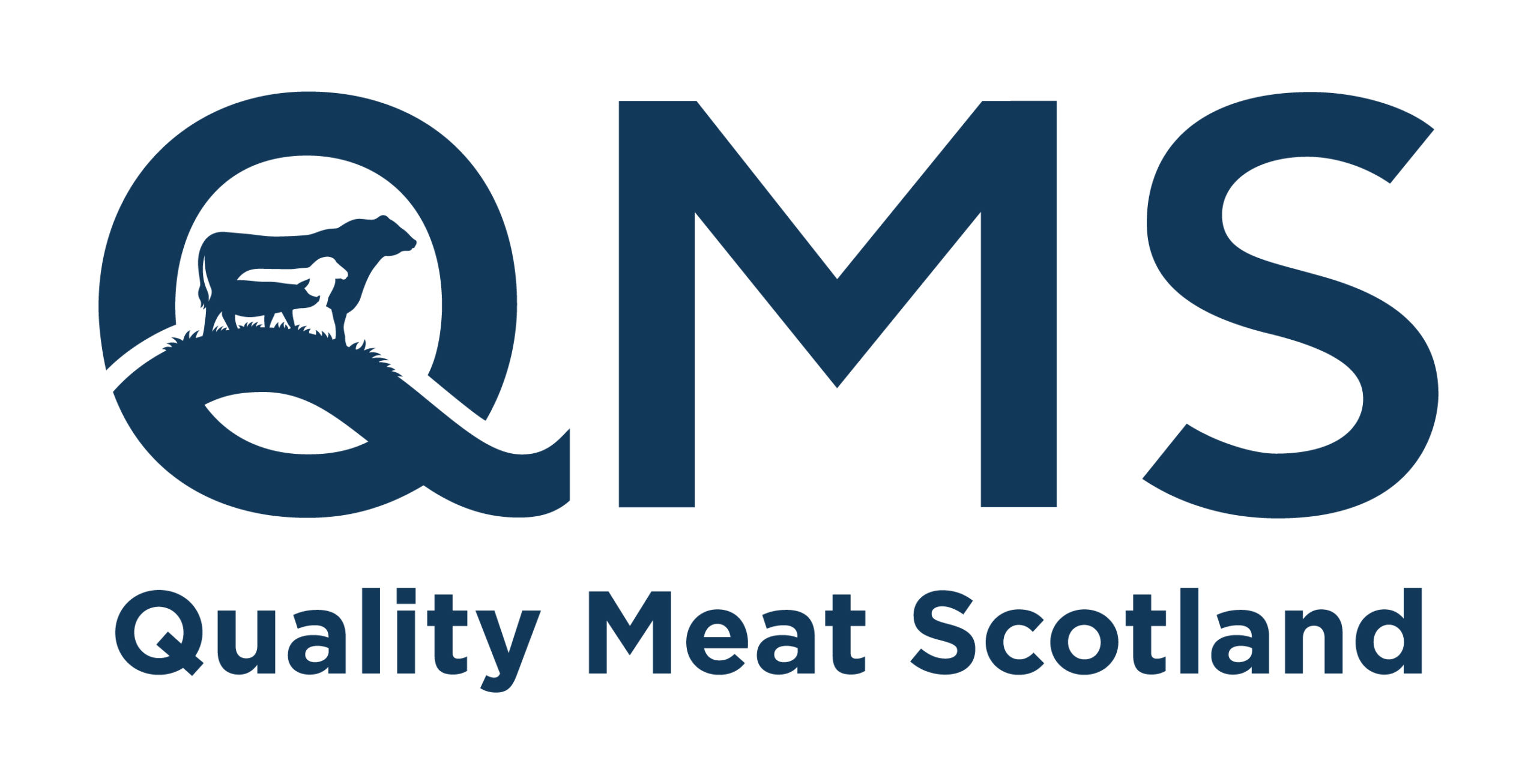Released today, Scotland’s Cattle and Sheep Enterprise Profitability report, commissioned by Quality Meat Scotland (QMS), identifies the continued correlation between technical performance, sound economic management and lower emissions intensity within the top third of performers in the Scottish livestock industry.
The QMS publication, also known as the ‘Enterprise Costings’, covers the 2021 calf and lamb crop, and is based on a representative survey of beef and lamb producers.
The report’s results show that for a number of enterprise types in 2021, higher market returns offset an increased cost base and allowed for improvements in margins. This was despite the continuing impact of the Covid-19 pandemic and Brexit, which disrupted markets and labour availability in the red meat supply chain, and a consistent upward trend in UK agricultural input prices.
“Although 2021 was a more positive year for some of the enterprise types in the survey, the range of performance and the key contributing factors to the variation in outcomes between businesses are highlighted in the results. The success of top producers continued to be characterised by strong cost control, greater productivity, and tight technical performance,” explains Iain Macdonald, QMS Market Intelligence Manager.
“In 2022, while market returns are likely to have increased further, unfortunately these are likely to have been offset by a further surge in input cost pressures, many of which are related to the impact of the war in Ukraine on global crop and energy markets.”
Speaking at its launch, Mr Macdonald said the purpose of the report is to encourage farmers to examine how their business compares to the wider industry:
“It has obviously been a very difficult year for producers, but through benchmarking, there may be some valuable insights that can be used to assess where there could be scope for performance improvements, to boost resilience against a volatile marketplace.”
The survey, which provides a snapshot of the industry during 2021, compares for each sector the costs, revenues and margins achieved by the top-third of producers, the bottom-third, and the sample average. The results omit agricultural support payments, except for those which are directly linked to production, and strongly highlights the technical and financial performance variation that exists when comparing Scotland’s top third producers and the bottom third.
“Nevertheless, for both cattle and sheep enterprises, achieving a margin from the marketplace that rewarded family labour and provided a return on the capital invested remained elusive,” emphasises Mr Macdonald.
For a seventh year, estimates have been made of the greenhouse gas emissions associated with the surveyed enterprises, reported on the basis of net liveweight produced or added during the year. Over time, while average emissions have been relatively flat across the different enterprise categories, with fluctuations from year-to-year, emissions have tended to be significantly lower in top-third herds and flocks than in the bottom third.
Mr Macdonald outlines: “For farmers dedicated to the long-term viability of their business, which can stand alone without support payments, technical efficiencies and sharp attention to the market is paramount, and these tend to come together with reduced emissions per unit of output.
“Climate change targets are set in law and in the coming years it will be vital for the sector to demonstrate a reduction in emissions, with increased productivity one way of doing so.”
The 2022 Cattle and Sheep Enterprise Profitability Report can be viewed and downloaded from the QMS website https://www.qmscotland.co.uk/cattle-and-sheep-enterprise-costings-2022. A small number of printed copies are available and can be requested by emailing info@qmscotland.co.uk.

